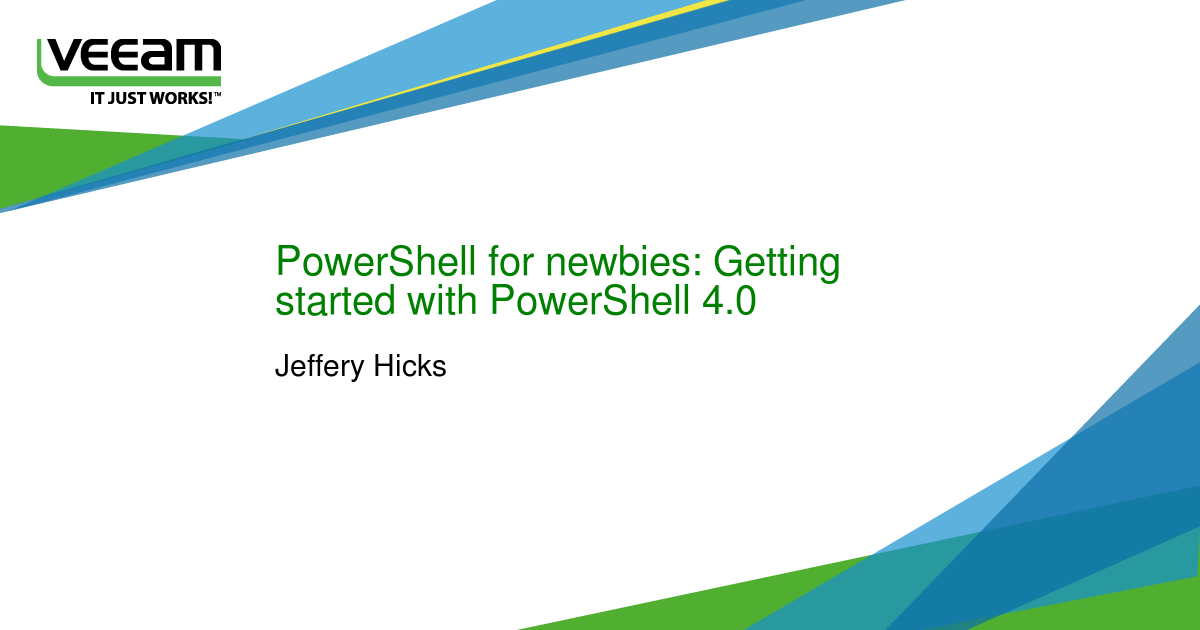

- Start vm export dell rapid recovery powershell full#
- Start vm export dell rapid recovery powershell software#
Most enterprises deploy within their corporate network while most service providers deploy with public IPs, to replicate the Azure experience. This range can either be internal to your corporate network, or a true public IP range. Note: When you deploy an Azure Stack production environment, you have to supply a 'Public VIP' network range which will function as external IPs for services deployed in Azure Stack.
Start vm export dell rapid recovery powershell full#
The goal of this blog is to provide a method to open up the ASDK environment to deliver the same tenant experience you'll get with a full multi-node Azure Stack deployed in your corporate network. There are a few blogs out there which have existed since the technical preview days of Azure Stack, however they're either now incomplete or inaccurate, don't work in all environments, or require advanced networking knowledge to follow. There's a documented process for allowing VPN Access to the ASDK to allow multiple people to access the tenant and admin portals from their own machines at the same time, but this doesn't allow access to deployed resources, and nor does it allow your other existing server environments to connect to them. Tenant workloads are able to route out to your corporate network, however nothing can talk back in.
Start vm export dell rapid recovery powershell software#
One of the design limitations for the ASDK is that it's enclosed in a Software Defined Networking (SDN) boundary, which limits access to the Azure Stack infrastructure and any tenant workloads deployed in it to being accessed from the ASDK host. You've had a kick of the tyres, you've fired up some VMs, syndicated from the marketplace, deployed a Kubernetes cluster from template, deployed Web and API Apps, and had some fun with Azure Functions.Īll of this is awesome and can give you a great idea of how Azure Stack can work for you, but there comes a time where you want to see how it'll integrate with the rest of your corporate estate.

So you've got your hands on an Azure Stack Development Kit (ASDK), hopefully at least of the spec of the PaaS Edition Dell EMC variant below or higher, and you've been testing it for a while now. This process is confirmed working for Azure Stack version 1910. The following diagram shows a typical deployment for exporting data to a virtual machine.Azure Stack Development Kit - Removing Network Restrictions If the protected machine fails, you can boot up the virtual machine to quickly replace it temporarily, allowing you time to recover the original protected machine without substantial downtime.

This creates a high-availability resource for data recovery. With virtual standby, the VM snapshot that you create from the selected recovery point is continually updated by the Core after every scheduled or forced snapshot captured from the source machine. One-time virtual export, which represents a single snapshot in time from the information in the recovery point. Rapid Recovery Core, you have two choices: Restore drop-down menu on the button bar. You can perform a virtual export from the Virtual Standby page in the Core Console, or by selecting For more information about recovery point chains, see the topic NOTE: The recovery point used must be part of a complete recovery point chain.


 0 kommentar(er)
0 kommentar(er)
